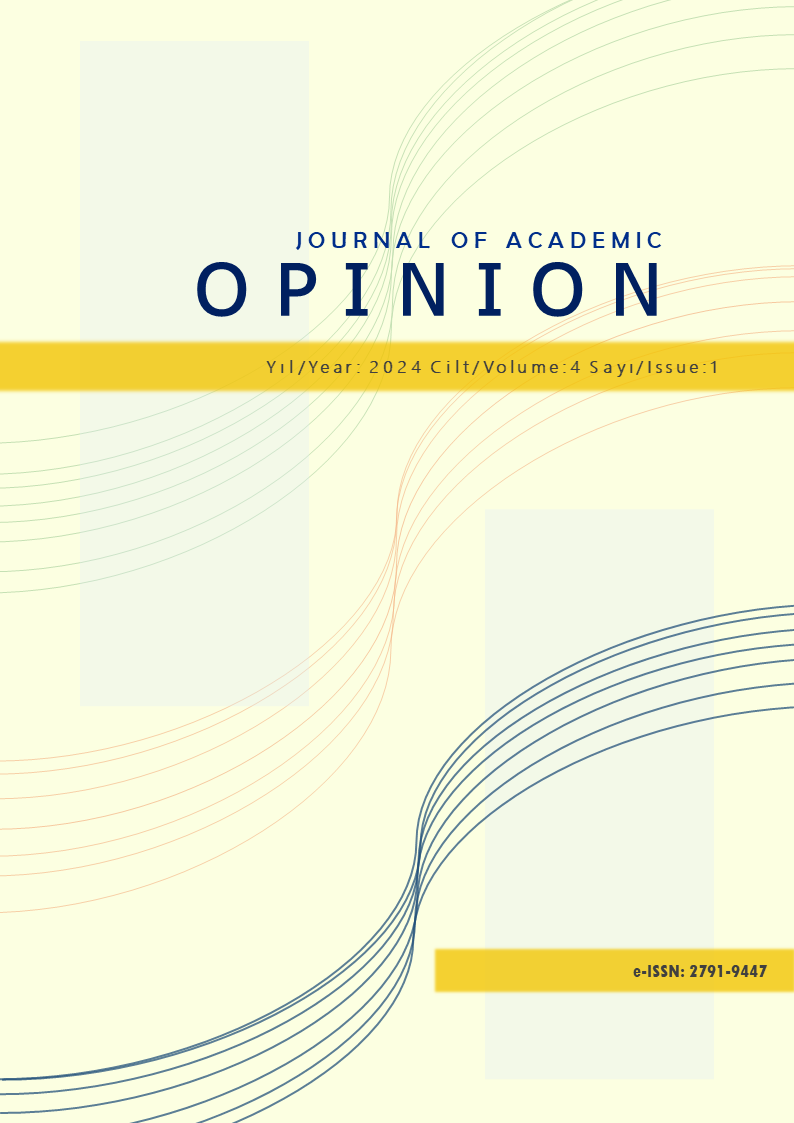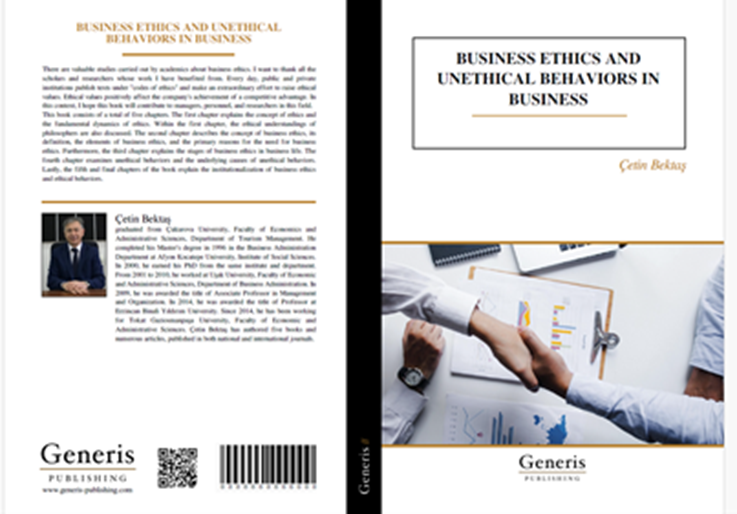Subfactors of Rule of Law and Income Inequality: A Panel Data Approach in High Income Countries
Keywords:
Rule of Law Subfactors, Income Inequality, High Income CountriesAbstract
The relationship between the rule of law, income inequality, and power has been widely discussed over the past century. The balance between the rule of law and income inequality is crucial to the fabric of society, yet this relationship has rarely been considered. This study aims to provide a quantitative analysis of how the rule of law is related to inequalities in per capita income and how this affects the welfare of a nation and individuals. This will be achieved by integrating the field of economic law with political science. Focusing on wealthy countries, we use panel data methodology to analyze the impact of different sub-factors of the rule of law on income distribution. Using data from 31 high-income countries between 2012 and 2021, the study assesses the income distribution of the bottom 50% of the population and investigates whether government constraints, absence of corruption, open government, fundamental rights, civil justice, and criminal justice are associated with the lowest income distribution. The results indicate that the enforcement of economic rules and the judicial system have a significant impact on income distribution. This underscores the need for well-structured legal frameworks that promote fair and inclusive economic outcomes.
References
Acemoğlu, D., & Robinson, J. A. (2012). Why Nations Fail: The Origins of Power, Prosperity, and Poverty. New York: Crown Publishing Group.
Aristotle. (1998). Politics (C. D. C. Reeve, Trans.). Indianapolis: Hackett Publishing Company.
Austin, J. (1832). The Province of Jurisprudence Determined. London: John Murray.
Baltagi, B. H. (2005). Econometric analyses of panel data. Chichester: John Wiley.
Baltagi, B. H., & Wu, P. X. (1999). Unequally spaced panel data regressions with AR (1) disturbances. Econometric theory, 15(6), 814-823.
Becker, G. S. (1971). The Economics of Discrimination (2nd ed.). Chicago: University of Chicago Press.
Bhargava, A., Franzini, L., & Narendranathan, W. (1982). Serial correlation and the fixed effects model. The review of economic studies, 49(4), 533-549.
Botero, J. C., & Ponce, A. (2010). Measuring the Rule of Law. Retrieved from
Breusch, T. S., & Pagan, A. R. (1979). A simple test for heteroscedasticity and random coefficient variation. Econometrica, 47(5), 1287-1294.
Buchanan, J. M., & Tullock, G. (1962). The Calculus of Consent: Logical Foundations of Constitutional Democracy. Ann Arbor: University of Michigan Press.
Chancel, L., Piketty, T., Saez, E., & Zucman, G. (2021). World Inequality Report. 2022. Retrieved from
Cooter, R. D., & Ulen, T. (2012). Law and Economics (6th ed.). Boston, MA: Addison-Wesley.
Dicey, A. V. (1959). Introduction to the study of the law of the constitution (10th ed.). London: Macmillan.
Dimick, M. (2016). Should the law do anything about economic inequality? . Cornell Journal of Law and Public Policy, 26(1), 1-66.
Driscoll, J. C., & Kraay, A. C. (1998). Consistent Covariance Matrix Estimation with Spatially Dependent Panel Data. The Review of Economics and Statistics, 80(4), 549-560. doi:10.1162/003465398557825
Fantom, N. J., & Serajuddin, U. (2016). The World Bank’s classification of countries by income. Retrieved from
Freeman, M. D. A. (2008). Lloyd's introduction to jurisprudence (8th ed.). London: Sweet & Maxwell.
Frees, E. W. (1995). Assessing Cross-Sectional Correlation in Panel Data. Journal of Econometrics, 69, 393-414.
Friedman, M. (1937). The Use of Ranks to Avoid the Assumption of Normality Implicit in the Analysis of Variance. Journal of the American Statistical Association, 32, 675-701.
Haggard, S., & Tiede, L. (2011). The Rule of Law and Economic Growth: Where are We? . World Development, 39(5), 673-685. doi:https://doi.org/10.1016/j.worlddev.2010.10.007
Hausman, J. A. (1978). Specification tests in econometrics. Econometrica: Journal of the econometric society, 1251-1271.
Hayek, F. A. (1944). The Road to Serfdom. Chicago: University of Chicago Press.
Hongdao, Q., Mumtaz, A., Mukhtar, H., Rahman Saleem, H. A., & Azam, S. (2018). Corruption prevention and economic growth: Mediating effect of rule and law. International Journal of Social Science Studies, 6(2), 128-143. doi:https://doi.org/10.11114/ijsss.v6i2.2946
Kaplow, L., & Shavell, S. (1994). Why the Legal System Is Less Efficient than the Income Tax in Redistributing Income. The Journal of Legal Studies, 23(2), 667-681.
Kelsen, H. (1967). Pure Theory of Law (M. Knight, Trans.). Berkeley: University of California Press.
Lustgarten, L. (1988). Socialism and the rule of law. Journal of Law and Society, 15(1), 25-41. doi:https://doi.org/10.2307/1410118
Menger, C. (1871). Principles of Economics (J. D. a. B. F. Hoselitz, Trans.). Glencoe, IL: Free Press.
Mises, L. v. (1949). Human Action: A Treatise on Economics. New Haven: Yale University Press.
Mizan, R., & Maxwell, L. K. (1997). Modified Wald test for groupwise heteroskedasticity. Economics Letters, 56(1), 61-68.
Mueller, D. C. (1979). Public Choice. Cambridge: Cambridge University Press.
Plato. (2000). The Republic (T. Griffith, Trans.). Cambridge: Cambridge University Press.
Ranasinghe, A., & Restuccia, D. (2018). Financial frictions and the rule of law. Journal of Development Economics, 134, 248-271. doi:https://doi.org/10.1016/j.jdeveco.2018.05.009
Raz, J. (1979). The authority of law: Essays on law and morality. Oxford: Oxford University Press.
Stiglitz, J. E. (2012). The Price of Inequality: How Today's Divided Society Endangers Our Future. New York: W.W. Norton & Company.
WID. (2022). World Inequality Database. Retrieved from: https://wid.world/data/
WJP. (2023). Behind the Numbers. In WJP Rule of Law Index (pp. 181-189): World Justice Project.
World Bank, R. (2017). World Development Report 2017: Governance and the Law. Retrieved from Washington, DC:
Downloads
Published
How to Cite
Issue
Section
License
Copyright (c) 2024 Journal of Academic Opinion

This work is licensed under a Creative Commons Attribution 4.0 International License.





